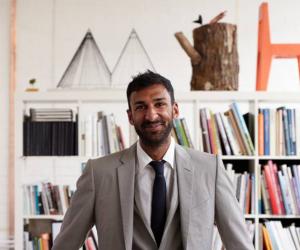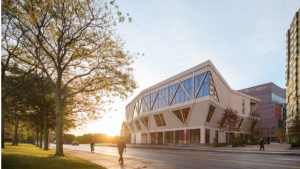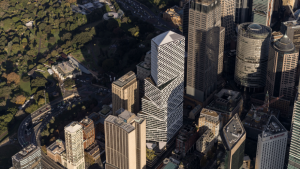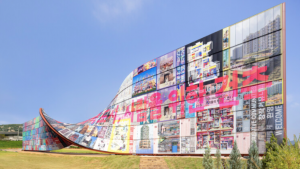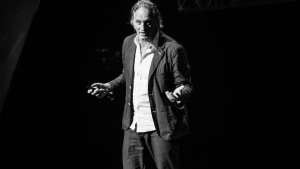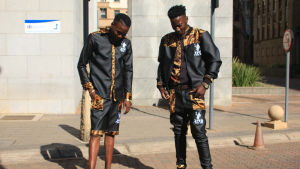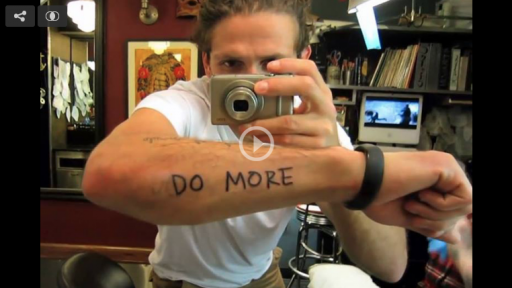Asif Khan is a London-based designer whose work embraces the fields of architecture, industrial and furniture design. At Design Indaba Conference 2013 he talks about various projects his studio has undertaken in the last few years.
Khan begins his presentation by stating that design works with what is already there: “I believe that design responds to a context, and being an architect that context for me is the city." Design also works in the context of people’s minds, he says: "Your memories and where you have come from and where you are going is all imparted into your various projects."
In 2010, the Design Museum in London commissioned Khan to design a contextual project that highlighted various features of the city. Khan designed the Harvest installation using the Gypsophila Paniculata plant, better known as Baby’s Breath, which grows all over London. Harvest is a furniture range made from freeze-dried flowers, taking inspiration from the plant's natural ability to interlock. The series questions whether objects that exist in the garden can be taken into the home and what that would mean. “This project is not about its usability but rather the space that it occupies and how it can become a talking point among people,” he says. Today, Kenya Hara’s company MUJI manufactures and sells the unique furniture collection.
For Khan’s Cloud project, he looked at whether architecture could be as simple and yet as complex as a cloud in the sky. “Why can’t the future of architecture be lightweight, simple and intuitive?” he asks. The project saw him combining bubble bath with helium gas to create fake clouds that float in the air.
I like the idea of creating a situation or environment that is ultimately determined by the people who experience it, says Khan.
Throughout 2011 and 2012, Khan worked on “Beatbox”, an interactive pavilion for Coca-Cola at the Olympic Games in London. For the project, Khan combined music and architecture in one interactive experience. The giant crystalline structure was made of 200 interlocked translucent air cushions. Visitors were able to “play” a remix of the “Anywhere in the World” Olympic track on some of the cushions on the exterior of the structure.
During Design Miami 2012, Khan designed an installation for Swarovski inspired by an ice halo, which materialised in the world’s first indoor man-made ice halo constructed from 1.5 million crystals.
Currently Khan is busy with a project that looks at how a city could be mobile. “I want to create buildings that can be transported across cities; it’s almost a kind of reverse tourism”, he concludes.

